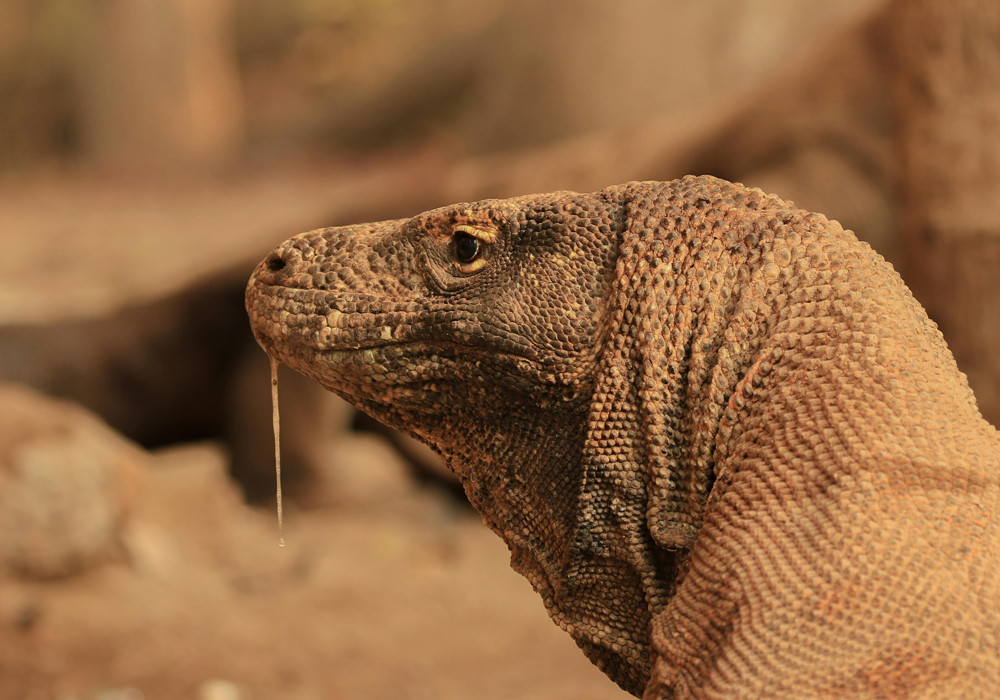The Hilarious Tale of 700+ Languages and the Uniting Power of Bahasa Indonesia!. Forget trying to count sheep; in Indonesia, we count languages!
The number is so high that linguists are still arguing over the final tally, but the consensus is a jaw-dropping over 700 living languages!
Indonesia is basically the world’s second-most linguistically diverse nation, right behind our neighbor, Papua New Guinea. It’s like a massive, 17,000-island-strong language party, and everyone brought their own dictionary!
Why So Many Language ‘Flavors’? It’s an Archipelago Recipe!
So, how did one country end up with a language count that rivals the menu at a fancy restaurant? The diversity is actually based on a mix of culture, ethnic groups, and, yes, a whole lot of islands!
Imagine trying to mail a letter from Sumatra to Papua a few thousand years ago. It was a long trip! The vast archipelago physically separated early communities.
That geographic isolation meant that language groups lived side-by-side for centuries, barely interacting, and their words evolved differently, like phone game that went on for millennia.
The main ingredients for this linguistic soup are:
- Ancient Migrations: Waves of people came from mainland Asia, settled, and their languages took root.
- Island Separation: That massive stretch of ocean between the islands acted as a brilliant “language preservation system.” You can’t merge your language with your neighbor if you rarely see them!
- Trade and Influence: Centuries of trade routes brought in words from all over—Sanskrit, Arabic, Chinese, Portuguese, Dutch. Indonesian languages are like a very well-traveled tourist!
- Cultural Identity: Each ethnic group, from the Javanese to the Batak, developed their own unique language as a core part of their culture. It’s their heritage, history, and daily life, all wrapped up in words.
In short, it’s not strictly “one language per island” (Java alone has Javanese, Sundanese, and Madurese!), but the isolated environments of the islands certainly amplified the differences between the many distinct cultural and ethnic groups.
The Curious Case of Indonesian (Bahasa Indonesia)
Yes, Indonesian (or Bahasa Indonesia) is absolutely one of the languages that exist in Indonesia, but with a twist! It’s the official national language, a standardized form of the Malay language. It’s the unifying thread in this chaotic tapestry of tongues.
So, why did a language spoken by a relatively small original ethnic group become the national champion, not the giants like Javanese or Sundanese?
It was a brilliant, pragmatic, and very political move by the independence movement in 1928, cemented in the famous Youth Pledge (Sumpah Pemuda). The reasons were perfect for unity:
- The Ultimate Neutral Language: Javanese has the largest number of native speakers (tens of millions!), but it also comes with incredibly complex social hierarchies built into the language itself (different words depending on who you’re talking to—a polite form, a very polite form, etc.). This would have been a recipe for social resentment and division. Malay, on the other hand, was an “outgroup” language—not tied to any one dominant group, making it feel fair and neutral to everyone.
- The Original Lingua Franca: Malay had already been the language of trade, ports, and communication across the archipelago for centuries, long before colonialism. Everyone already knew a version of it to buy and sell things! It was the pre-installed operating system for the entire region.
- Simplicity Wins: Malay is grammatically simpler than Javanese. It was much easier for people from 700+ language groups to learn quickly.
In a nutshell: Javanese was too big, too powerful, and too complicated. Malay was the humble, easy-to-learn, non-threatening connector.
How Indonesians Learn Indonesian
Most Indonesians are happily bilingual (or even trilingual!):
- First Language (Home): They first learn their regional mother tongue (e.g., Javanese, Sundanese, Balinese, Minangkabau) from their parents and community. This is the language of comfort, culture, and family.
- Second Language (School): They learn Bahasa Indonesia starting in school. It is the language of education, government, media, and inter-island communication. Every textbook, national news broadcast, and official document is in Indonesian.
So, when a Javanese speaker meets a Batak speaker, they don’t have to struggle through each other’s local dialect. They switch to their common language, Bahasa Indonesia, and unity is achieved! It’s one of the greatest linguistic success stories in modern history!
